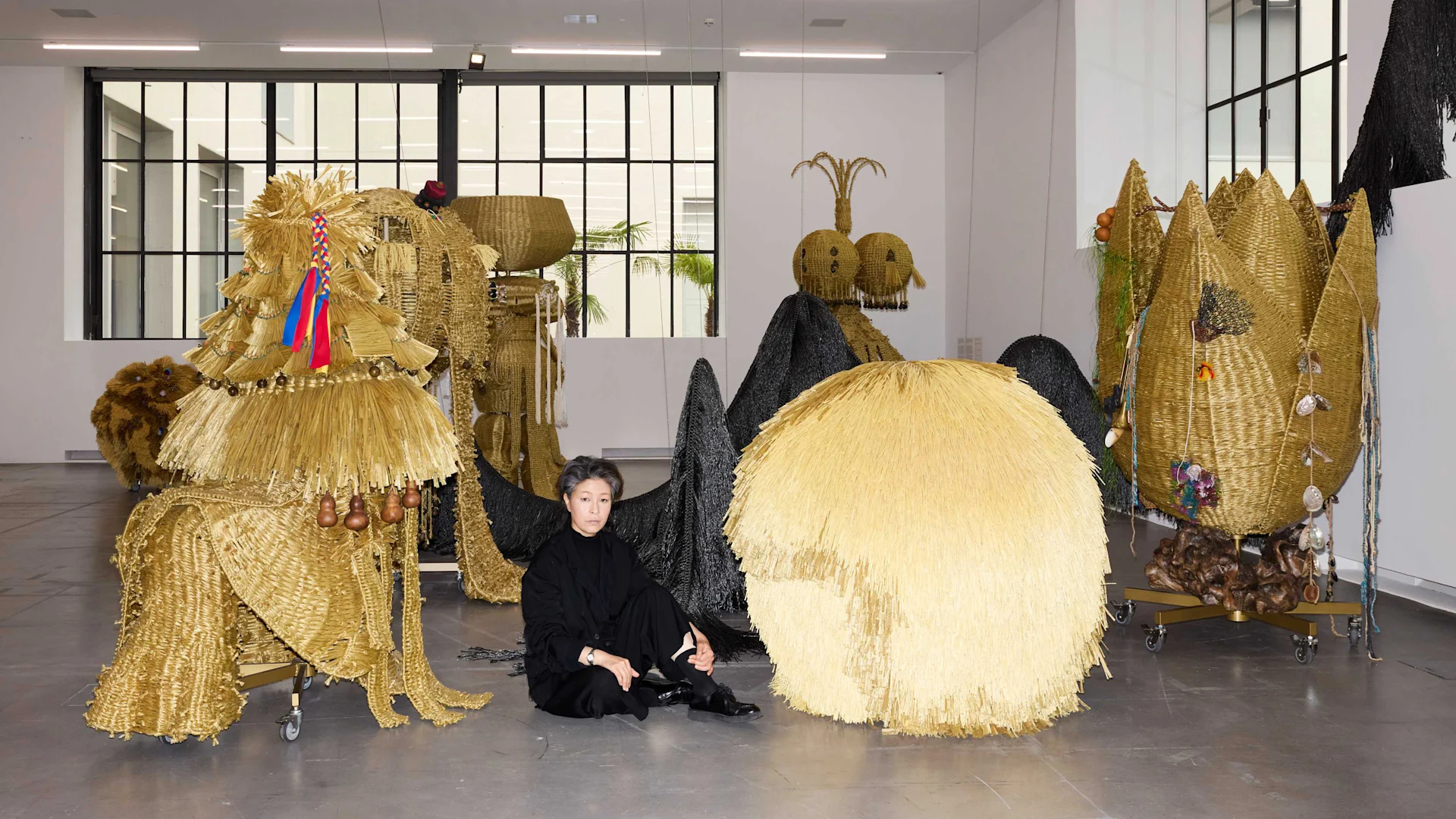
Migros Museum
World-famous artist
Korean installation artist Haegue Yang is coming to the Migros Museum in Zurich with a solo exhibition.
navigation
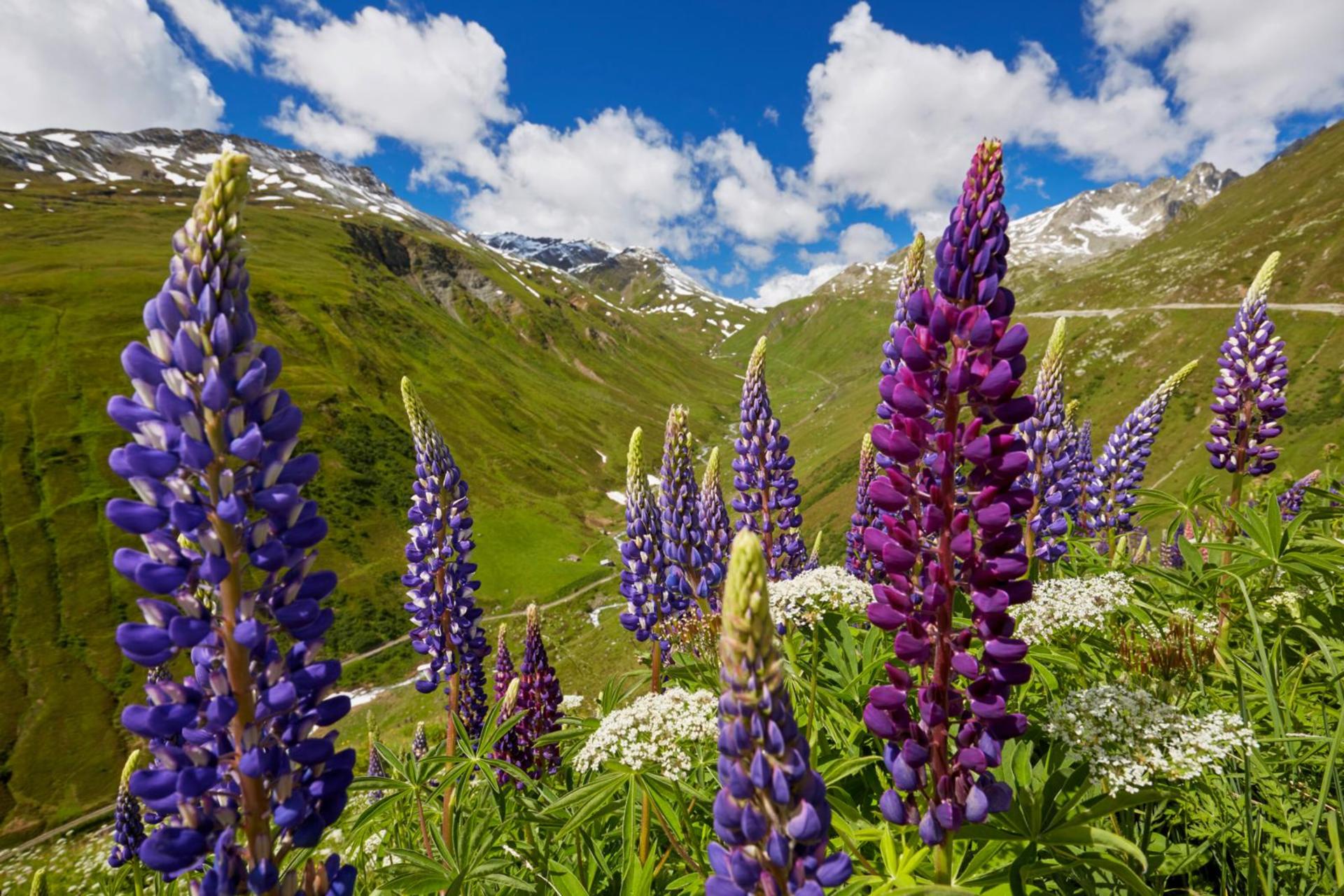
Migros Aid Fund
Alien species aren't only spreading in our gardens. They’re also becoming increasingly common in the Alps. How can hikers spot these plants, and what should they do? An overview.
This plant, with its blue, pink or white flowers, is clearly gaining a foothold in the Alps. It can now be found at altitudes of up to 2500 metres. Lupins displace native species and are poisonous to any livestock that eats them.
What can you do? They must be uprooted or mowed before they flower.
How should they be disposed of? Inflorescences, fruits, stems and roots must be disposed of carefully, i.e. at a composting or biogas facility. This prevents their seeds from being dispersed. Under no circumstances should they be put in garden compost heaps.
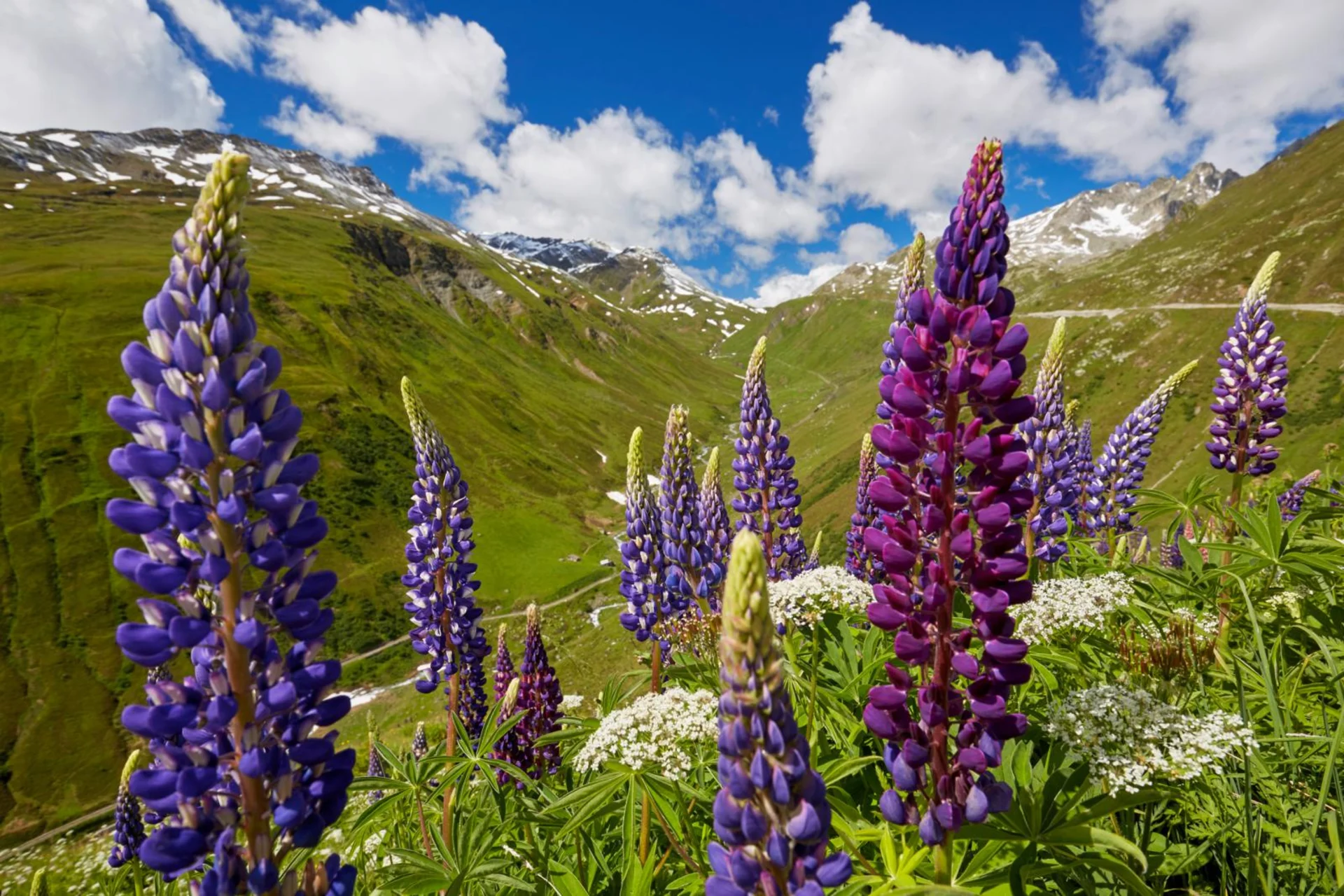
This herbaceous plant has long been found alongside roads and waterways in lowland areas. It has even been spotted at 2500 metres above sea level. Its bright yellow flowers attract swarms of bees. However, this means that native species receive fewer visits from insects and are pollinated less frequently. This plant can become dominant in meadows and reduce the yield of forage plants.
What can you do? It’s important to act before they flower, by pulling them up or mowing them.
How should they be disposed of? Turkish rocket should not be put in garden compost heaps, but rather burnt or taken to a composting or biogas facility.
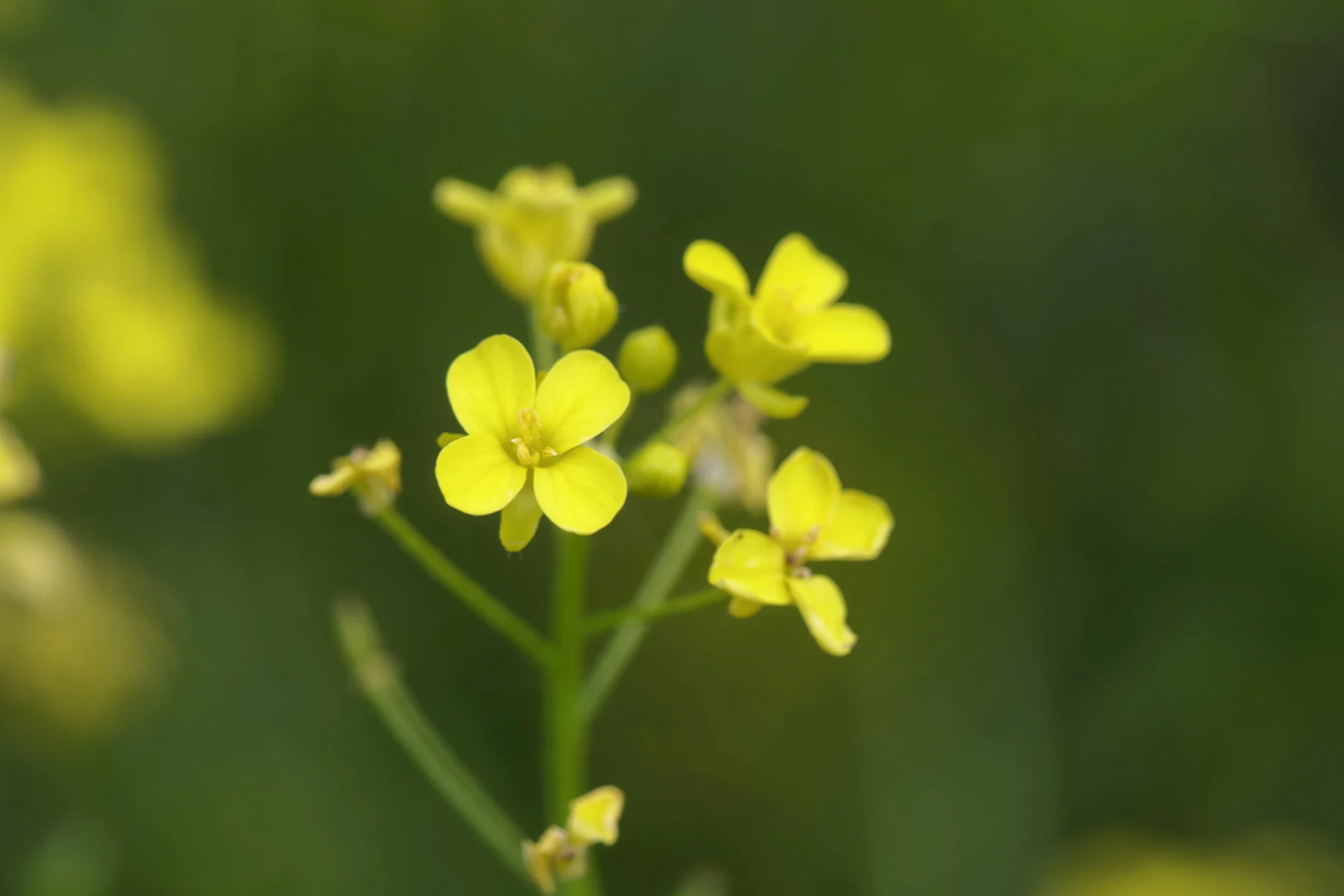
With its tiny light pink flowers, two-row stonecrop looks delicate and innocent. And yet it’s actually pretty hardy. The plant grows at altitudes of up to about 1500 metres. It is frost-resistant and spreads quickly. Two-row stonecrop colonises ecologically valuable dry meadows and stony ground, displacing native species. Because of its shallow roots, it weakens the soil and increases the risk of destabilisation of the overgrown terrain.
What can you do? To get rid of this plant, you must pull it up and remove the top layer of soil or cover the area with a dark tarpaulin sheet.
How should they be disposed of? Plant waste must be burnt or taken to a professional composting facility.
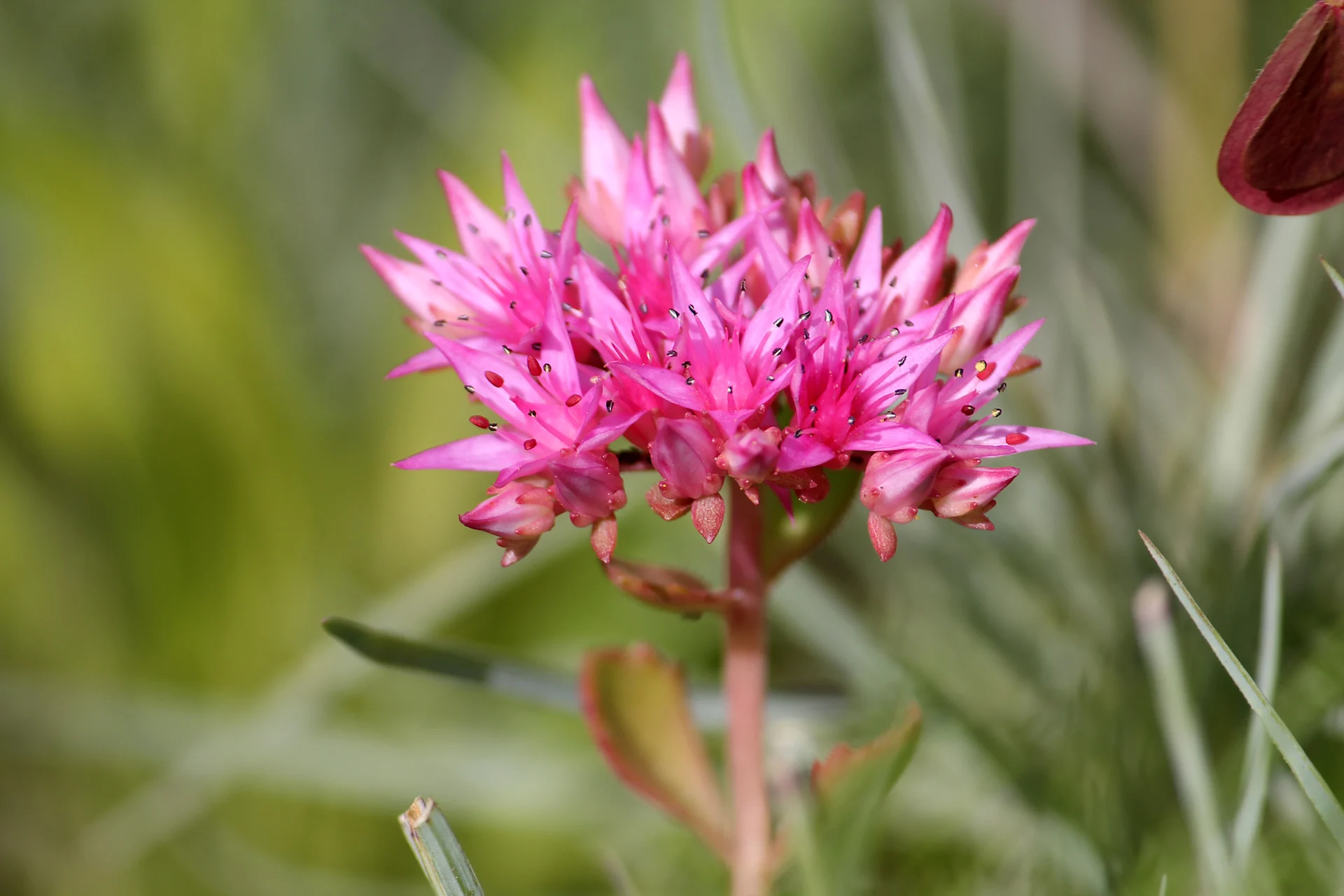
This herbaceous plant, which has small pink flowers, arrived in Switzerland about 30 years ago. Originally from the Pyrenees, it feels right at home in the mountains. Pyrenean valerian can be found at altitudes of up to 2000 metres, including in Arosa. Like 90% of neophytes, it doesn’t (yet) pose a major problem and isn’t currently considered invasive. Nevertheless, it can be poisonous in high doses, just like the valerian used for medicinal purposes.
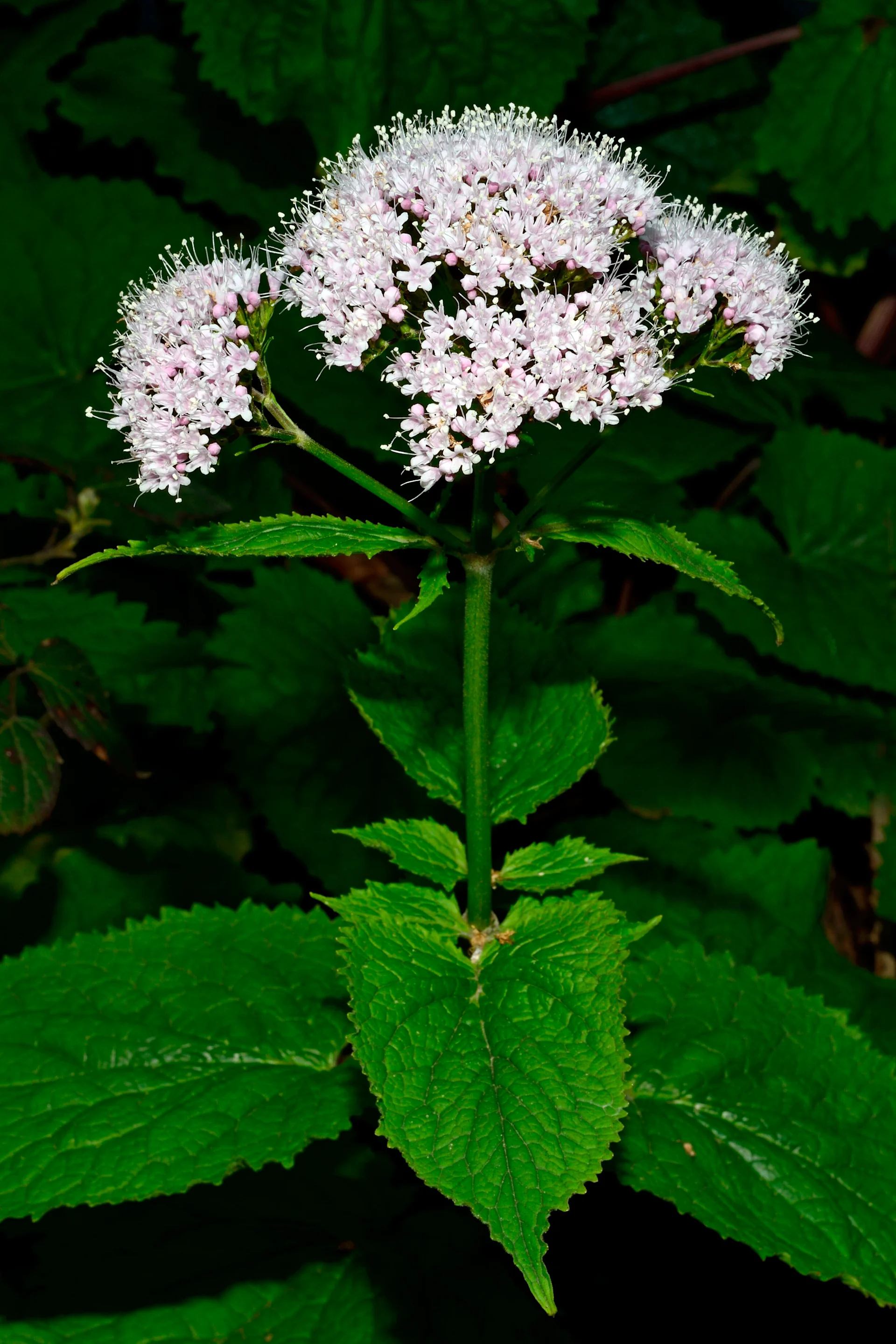
This climbing plant with yellow, bell-shaped flowers was first spotted in Switzerland in 2010. Originally, it was mainly found across Mongolia. In Switzerland, it has been spotted at altitudes of about 1500 metres in Valais canton. However, it doesn’t threaten any other species here or pose any risks to humans or animals.

Originally from Asia Minor and with blue and white petals, this plant forms beautiful cover at altitudes of up to 1600 metres. It was first seen in the wild in Switzerland in 1996 and is not considered invasive.

Is the number of invasive plants in the Alpine region rising?
Yes, they’re becoming more common and being observed ever higher up. Generally speaking, though, they’re primarily found near residential areas because they are mainly spread by humans. Nevertheless, these plants can spread beyond gardens and subsequently colonise surrounding areas. This is what happens with giant hogweed, for example.
What role is climate change playing in all this?
Fewer cold winters also mean longer vegetation periods, in other words, growth phases. This enables species to better establish themselves, and at ever higher altitudes.
Has the battle already been lost?
No. Good results can be achieved if suitable steps are taken to combat such intruders. It’s important to monitor sites over several years to prevent species gaining a foothold.
What should I do if I spot invasive plants while out hiking?
Never pull them out yourself! First off: you might be mistaken. Secondly, you won’t have the right equipment with you anyway, which may result in you dispersing the plant's seeds even further.
What should you do then?
Report your find on the InvasivApp app. Associations like ours will then be notified, so that we can assess the situation and take appropriate action.
Why is one plant displacing another a problem anyway?
Invasive neophytes encroach on native plants, making it impossible for them to survive. This can also cause problems for wild animals, which may no longer be able to find the food that they need. What's more, some plants are dangerous to humans. For example, contact with giant hogweed, which is now found all over Switzerland, can cause second-degree burns!
We have been committed to society and culture for more than 80 years . Explore our wide range of activities and be inspired.